Root, Loot, Repeat…
Remnant: From the Ashes was a game that truly snuck up on me. Widely known as “Dark Souls with guns”, 2019’s Remnant constantly impressed me with its environmental diversity, with weapons, armor, and bosses that kept me engaged throughout its campaign and beyond. Its procedural design encouraged me to seek out other players’ worlds to track down weapons I required or additional armor sets that just didn’t exist in the worlds that occupied my campaign. Remnant II takes all the ideas that worked previously and doubles down on them to an extent that makes this a damn near-perfect sequel. While it doesn’t reinvent or add to the genre, Remnant II is nonetheless a damn impressive outing.
It doesn’t take long before you suddenly notice the substantial graphical upgrade granted by Unreal Engine 5. Environmental detail is staggering and constantly impresses across the roughly 15-20 hour campaign. While its human faces are a clear sign that Remnant II is still a game with a limited budget, the components that need the graphical boost clearly have it in spades. From gold-trimmed kingdoms, colorful and ancient forests, to vast alien worlds, and the creatures and threats that occupy them, Remnant II’s use of Unreal Engine 5 is just a sign of things to come.
Remnant II takes place some time after the events of the first game. While the Root has seemingly been eradicated from Earth, this threat has seemingly begun to infest all of reality, conquering other worlds in its efforts to destroy life as we know it. Once again, you take on the role of an unofficial chosen one that has the means and power to destroy the Root. While your online teammates are never really part of the story, they do thankfully show up in cutscenes, which is pretty damn cool.
Despite the idea of the Root conquering these other worlds, the execution doesn’t quite nail the intensity of this multidimensional concept. The Root itself is never really present apart from the forms it takes as your fodder-based opposition, lacking a greater presence to truly make you care about them as a threat. Even as you take on the game’s final boss, the Root are just not an interesting villain or concept without greater context or presence. While unrelated to the story, that final boss is quite frankly one of the worst encounters across the entire game, with a second phase that is so poorly designed that I frankly hated it.
I also found it a tad confusing on the use of a particular character, Nimue, Goddess of the Fae, as shown above. Nimue, as seen on the box art of Remnant II has such a minimal presence across the game that I was rather shocked at how little she actually factored into this whole narrative. This is a character that takes up the majority of the box art, something usually reserved for an antagonist when it comes to games where you create a character. When I first approached her, I expected more from the character, wondering if the moments I spent with her would lead to something else, but that moment never came.
In fact, the whole subplot surrounding the Fae feels as if there was, at one point, more to their inclusion. As you progress through the variations of one particular world, you'll encounter the Fae. From aiding in revealing a killer amongst them, to forming an uneasy alliance with one of two Fae Kings each claiming the throne, these moments are some of the game's best, often rich with interesting dialogue, strong performances, and writing. And with Nimue being their Goddess, and featured on the cover, I wonder if there was more to these tales than what is currently here.
Regardless of the quality of the narrative that is here, it is the worlds that make this whole adventure feel worthwhile and interesting. This is due to how they are presented to you across each playthrough or the order of them across the worlds occupied by other players. Each playthrough has you starting across a variety of different worlds or locations within them, often being different enough that while you may recognize similar locations within your own world, they may differ in the content packed into them. This order also dictates what bosses you’ll encounter, what smaller story events occupy those worlds, and more. While this isn’t too different from Remnant: From the Ashes, each world here is significantly larger and more diverse than ever before, making this idea feel genuinely more impressive all across the board.
Each time I dove into a new world by joining random players, I found locations that I simply hadn’t seen before. And these weren’t just the same location with a new boss or the weapons and armor I’ve spoken about, but whole areas with complex puzzles and intricate storylines that legitimately rivaled that of the main story. As I kept finding these new discoveries even after completing the adventure, it made me wonder just how much more did this game still have to show me, and what else could I look forward to discovering.
Remnant II sees the return of Ward 13, this time as a populated settlement on the surface than that of an underground and claustrophobic bunker. Here, people are outside basking in the sun and enjoying life, taking in their victory against the Root from the previous game. This is where you’ll upgrade and craft your gear, talk to various NPCs, purchase items to buff your skills, and unlock a variety of new classes called Archetypes. And thankfully, any of the crystals or fire pits you find in your travels allows you to return back whenever you want, allowing you to upgrade or replace your gear on almost a moment's notice.
Across your campaign and well into the world’s ignited by other players, Remnant II’s Archetype system is dramatically better than that of its predecessor. Here, you have 11 discovered Archetypes to equip and tinker with. However, you’ll only have access to choose from an initial five from the start: Gunslinger (Available from the start if you pre-ordered), Hunter, Challenger, Handler, and Medic. After which, you’ll have to track down the Archon, Alchemist, Explorer, Summoner, Engineer, and Invader. While there could be more than people have yet to discover, this is still a huge step up from Remnant: From the Ashes as you only had access to the Hunter, Scrapper, and Ex-Cultist, who after a while, tended to feel far too similar.
In Remnant II, each Archetype feels largely unique in their abilities, from having a canine side-kick with the Handler, to a group of summonable fiends via the Summoner. You also have the turret-equipped Engineer to playing the support role with the Medic. While each Archetype can wield the same weapons and armor, certain classes rightfully benefit from choosing the proper equipment. The amount of variety across each Archetype made settling on my initial pick to be fairly challenging, to say nothing of what I would pair alongside it once given the opportunity to slot in a second Archetype.
While I’ve played around with most of the available options, as I’ve yet to track down the Alchemist or Hunter, as well as checking out the Invader, which I just unlock this morning, I ended up enjoying the Handler and Engineer pairing the most, given the ability to have both my canine sidekick alongside a very useful turret. It also helps that the Engineer provides a very useful buff to my armor percentage that resulted in my victory over the final boss. Each Archetype can often fill the void of being your standard tank, dps, or support role, with plenty of between to act as a sort of hybrid or one-size-fits-all type. I never found any of the Archetypes to feel like they lacked in any key area and found each of their unique skills to benefit me in some way.
While your first Archetype is given out for free, tracking down the others can be either a rather simple affair or something a lot more involving. The starting Archetypes are available from the NPCs that occupy Ward 13 with the others being found in the worlds you’ll travel to. The Summoner is found at an altar in a forest, requiring items found when defeating a specific foe, whereas one Archetype requires that you have a certain weapon and a location, a combination that your personal campaign may not even offer. This is where joining another player's world to be a crucial component to getting the most out of this adventure. And once you have the Archetype class item, you’ll then need to have it crafted in order to equip it.
Adding depth to each Archetype is the Trait system. This system allows you to place skill points into specific traits such as vitality, armor effectiveness, and stamina regen, to lowering your skill cooldowns or increasing the speed at which you mantle. As each Archetype has its associated trait card, you’ll level those up by using those Archetypes, rather than using skill points to upgrade them. While this trait system returns from Remnant: From the Ashes, the biggest change here is that Remnant II has a limit on how much a particular trait can be leveled up, which has created a bit of a backlash from its fanbase. While I can certainly see the frustration, it hasn’t been something I have found to affect my experience, so far. Will that change? That remains to be seen.
Regardless of the Archetype, you’ll be using a lot of the same weapons and armor, some benefitting your builds more than others. Each class’s starting armor will easily be replaced early on as you start to discover more. However, one change from 2019’s Remnant that I really don’t care for is that armor cannot be upgraded, which causes some sets to feel pretty useless after a while, or even upon procuring it. And with no set bonuses or transmog-like system, it really causes armor to feel very one and done after a while, especially as I really love the visual look of some but simply can’t use it due to its weight or how low its armor effectiveness is. It's a shame that every other system at play here offers extreme flexibility and utility of everything else you can equip, but armor feels left out.
Weapons, thankfully, can be upgraded, and you’ll come to rely on that ability a great deal. My main rifle, the Blackmaw AR-47 has been upgraded 15 additional times, making it far more effective than it was in its early hours. And with being able to equip a melee and sidearm alongside it, I kept rotating those out until I found the Labyrinth Staff and Enigma, the latter being a handgun that fires off electrical streams that literally melt foes faster than they appear. This combo just worked so well that nearly anything else I sampled just didn’t cut it. That said, there are some really awesome weapons here that I can see being used in all sorts of builds.
Each weapon also brings with it the ability to slot in a Mod and a Mutator. Mods vary and act as a secondary ammo-type. From shooting off a fiery tornado to launching a projectile that summons a Root Tentacle, Remnant II offers a ton of unique Mods that are incredibly diverse and rarely feel like a variation of another. Mutators are more of a passive bonus than something flashy, such as granting a 20% change to return spent ammo to the reserves to increasing the range of picking up ammo. Mutators are certainly less interesting, but can often prove to be just as effective.
Another crucial avenue of equipment are rings. In Remnant II, you can equip four rings at once. With dozens of rings to choose from, you may want to boost your health, or stamina regen, or want to increase the speed at which your guns can be swapped. However, there are two rings that once found, never once left my side. The Fae Shaman and Celerity rings were literal game-changers for me. One of my biggest issues with Remnant II was how slow you use your relic. Relics are tools used to affect a variety of different things, but most are centered around your basic needs for healing. Gaining back health in Remnant II is beyond lethargic, and was something I found to be a huge disappointment here, given how fast some enemies can attack. However, those two rings nearly halved the time needed to heal and honestly, removed some of that criticism for me, even if it still lingered in the background.
When it comes to the overall gunplay and feel of Remnant II, there is little to really complain about. While I wish that ammo pickups were automatic, especially given how intense some encounters can be, I think my only major criticism is that I wish that guns could be hip-fired, given that the zoom-in while aiming can remove all visibility from dodging incoming AOEs. And since nearly every boss is an AOE-loving fiend, you often get pelted with them while zoomed in to the point where you just don’t know what’s going on. That said, nearly anything else that could be of an issue can be addressed with rings or through traits, causing things like reload or relic speed to be addressed through in-game mechanics.
I also want to bring up that while Remnant II has difficulty settings, it lacks next to nothing for simple accessibility features. There is no FOV slider, no colorblind settings, or anything that allows a ton of people to engage with this game. Given the strides that the industry has made over the years, it’s bizarre to see nothing represented across this game. While some of these features could be added in via a patch, it feels like a missed opportunity to not include them at launch. Hell, you can’t even remap your controls without having to do it at a console level.
Within an hour of starting Remnant II, you can then take the entire adventure in three-player co-op. And while I certainly do recommend this game as something to play with others, I found the final boss to be nearly impossible with other players. Honestly, this was the only encounter that I felt this way. Everything else felt balanced and fair in ways that while challenging, still provided the need for other players to have your back or engage in the encounter in ways that benefitted their class. That final encounter, which I know I’ve brought up more than once, negates all that and felt far too messy to enjoy with other players.
The only annoyance I found with playing in co-op from a story perspective is that some conversations with NPCs would result in not knowing the central player's side of those conversations. Some chat boxes would show up and let me see what my co-op partner was choosing, but most did not, and I often had to ask my friend what was going on, especially in scenarios that didn't occur on my playthrough. It’s a shame that the presentation here for co-op in regards to its narrative moments wasn’t better.
Now while Remnant II is certainly a better experience in co-op, that isn’t to say that solo-play isn’t possible or enjoyable. I think playing on one of the lower settings and starting with the Handler allows you to have the dog to watch your back. You can certainly feel that Remnant II was made with co-op in mind, but those who don’t want to interact with other players can certainly get a large chunk of the experience here, even if you have to re-roll your campaign at the end to see other pathways that your initial campaign didn’t offer. Still, despite the ability to embark on a solo adventure, you most certainly will get far more out of Remnant II with even the most basic co-op interaction, even with randoms.
While I certainly have issues with Remnant II across most of its systems and features, I still found this journey to be a very impressive and immensely enjoyable one, largely in part to the variety in its locations, its unique weapons, and the abilities wielded by each of its Archetypes. It’s certainly a better game than its predecessor in both the ways in you traverse through its campaign to its stunning visual offerings. The procedural systems provide an immense amount of replayability and requiring the use of other players’ worlds, or re-rolling your own, to dive deep into the vast secrets you’ll discover. Remnant II is a game that is meant to be replayed over and over again, unlocking new weapons, armor, and Archetypes. While it can often miss the target on occasion, the shots that do land are a damn-bear bullseye.
A second glance by Jordan Andow.
While I have yet to wrap credits on Remnant II, it has already left a deep impression on me. The majority of my time with the game has been in co-op with Jeff and it’s been such a blast. From solving environmental puzzles for new weapons and accessories or accidentally stumbling upon an interactive element in a level that would then magically transport us to a surprise encounter, to one of the most fantastic boss encounters I’ve ever experienced in a game.
The thing that has most impressed me has been the game’s use of procedural generation to make each playthrough feel different beyond just simply choosing my class. There were multiple times in the few hours I’ve played where we traveled to a new location that Jeff hadn’t even seen. Not only does this sort of thing add to the experience, but it makes co-op feel more impactful as a result.
The ability to jump into someone else’s journey and see something new, or discover something alongside them that the both of us haven’t seen before resulted in me thinking about Remnant II when I wasn’t even playing it.
My only major criticism of the title, based on my time with it, has been the complete lack of any accessibility features. Given the overall standard we have been seeing over the years, especially in 2023, it feels largely unacceptable. I’m fortunate that I don’t need these features myself, but I know many people with disabilities different than mine that won’t be able to enjoy this game either in the same way as myself or even at all. That thought makes me really sad considering how fantastic Remnant II is and that I’d love to recommend that people try it out. That said, that recommendation can now only extend so far.
Unlike Jeff, I never played the original Remnant, so I don’t have the context to compare how much of an improvement this game is over the 2019 original, but Remnant II has so far been a very engaging adventure and perhaps my biggest surprise out of 2023 so far.
A review code for Remnant II was provided for Jordan through UK PR.
Developer - Gunfire Games. Publisher - Gearbox Publishing (Digital) / THQ Nordic (Physical) Released - July 25th, 2023. Available On - Xbox Series X/S, PS5, Windows. Rated - (M) Blood and Gore, Partial Nudity, Strong Language, Violence Platform Reviewed - Xbox Series X. Review Access - Remnant II was purchased for review.




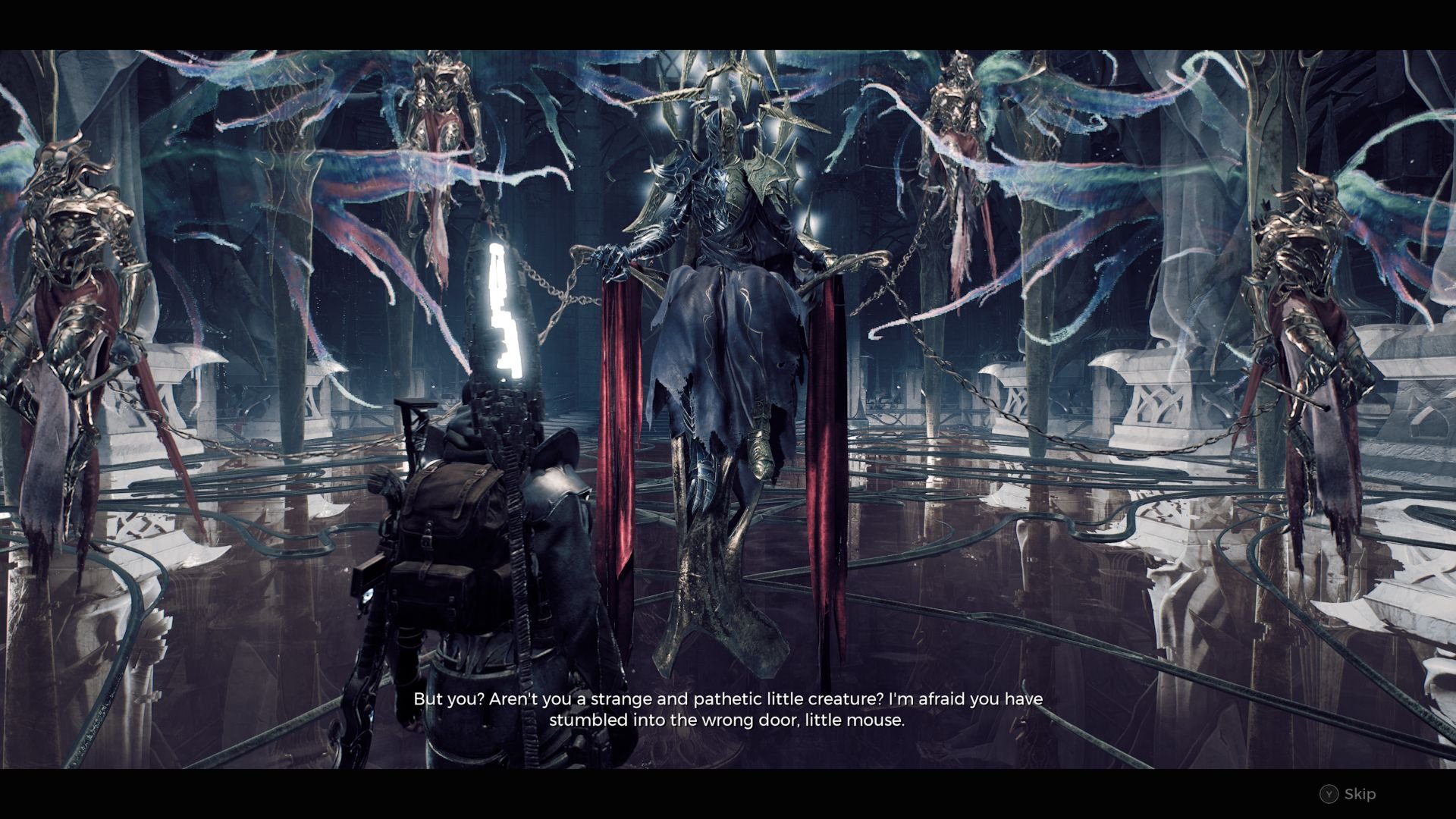


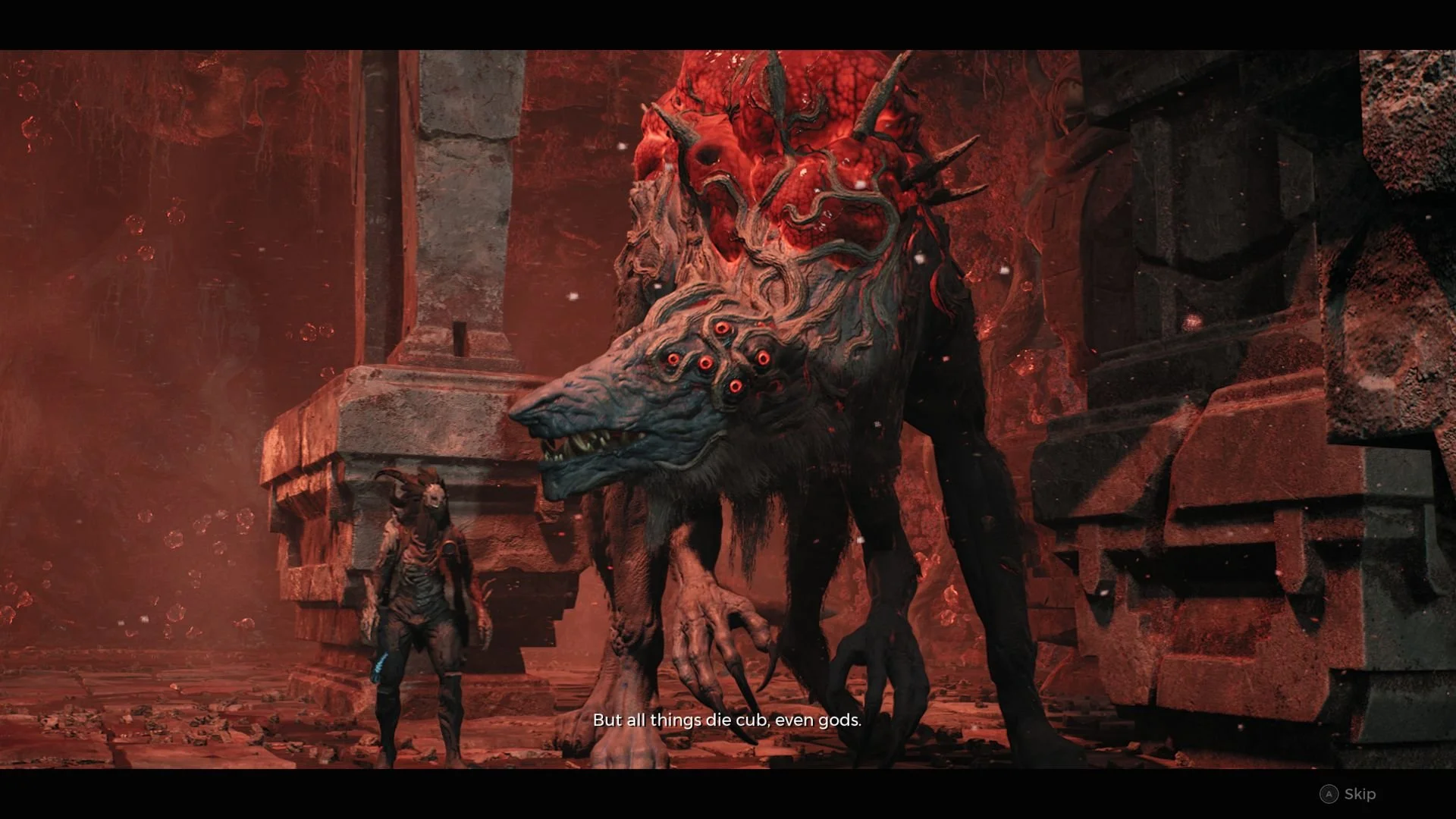
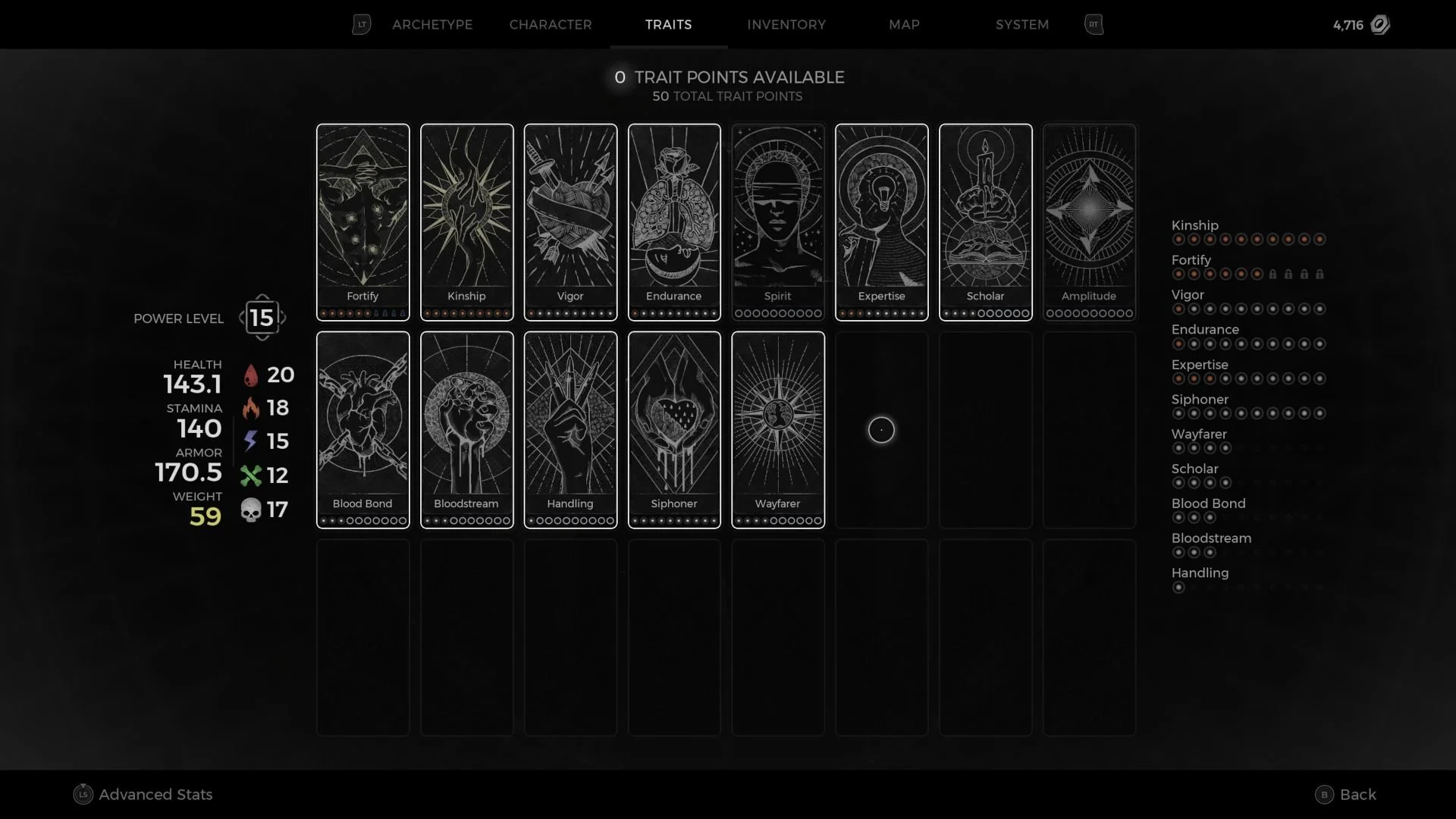






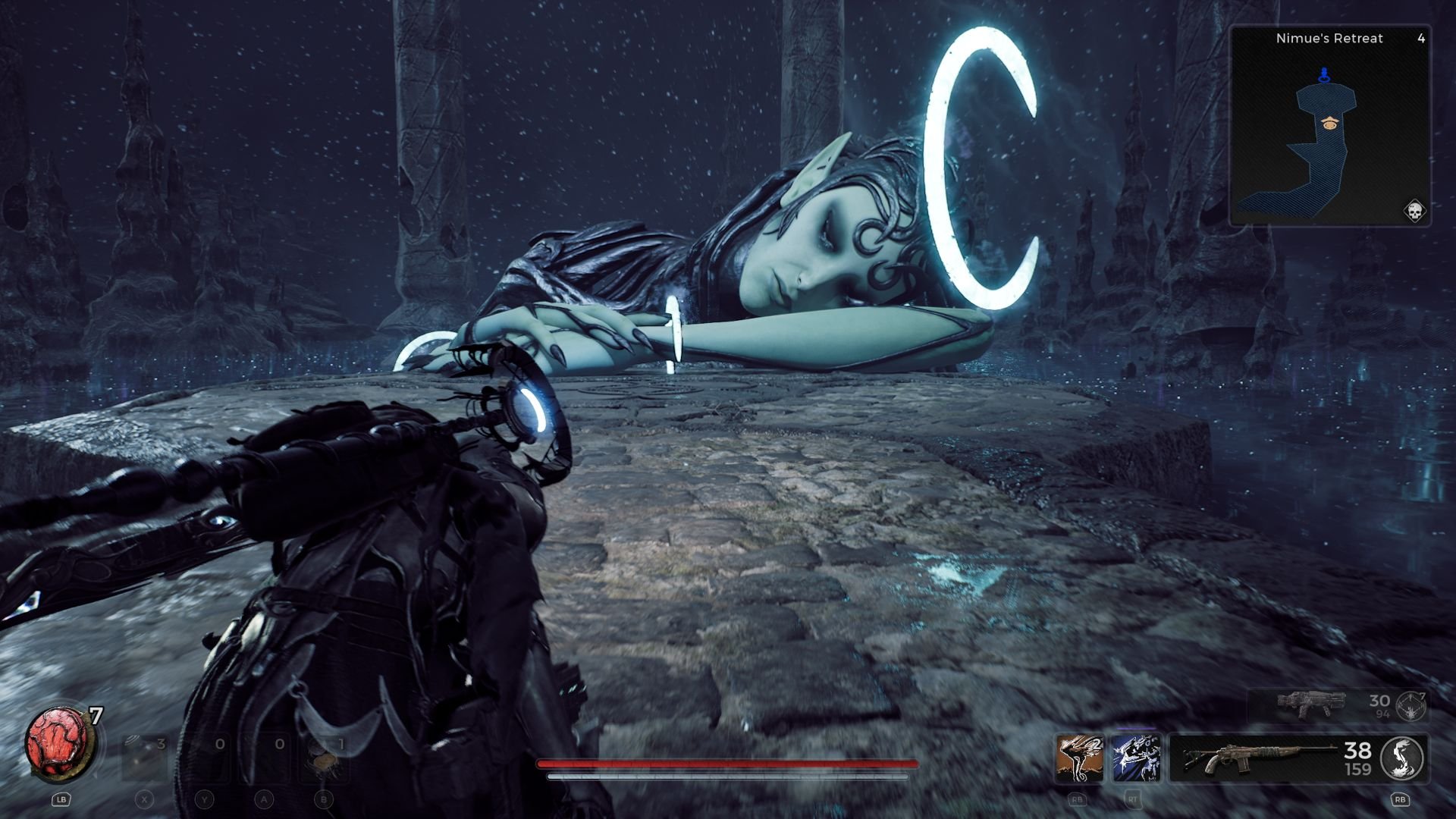

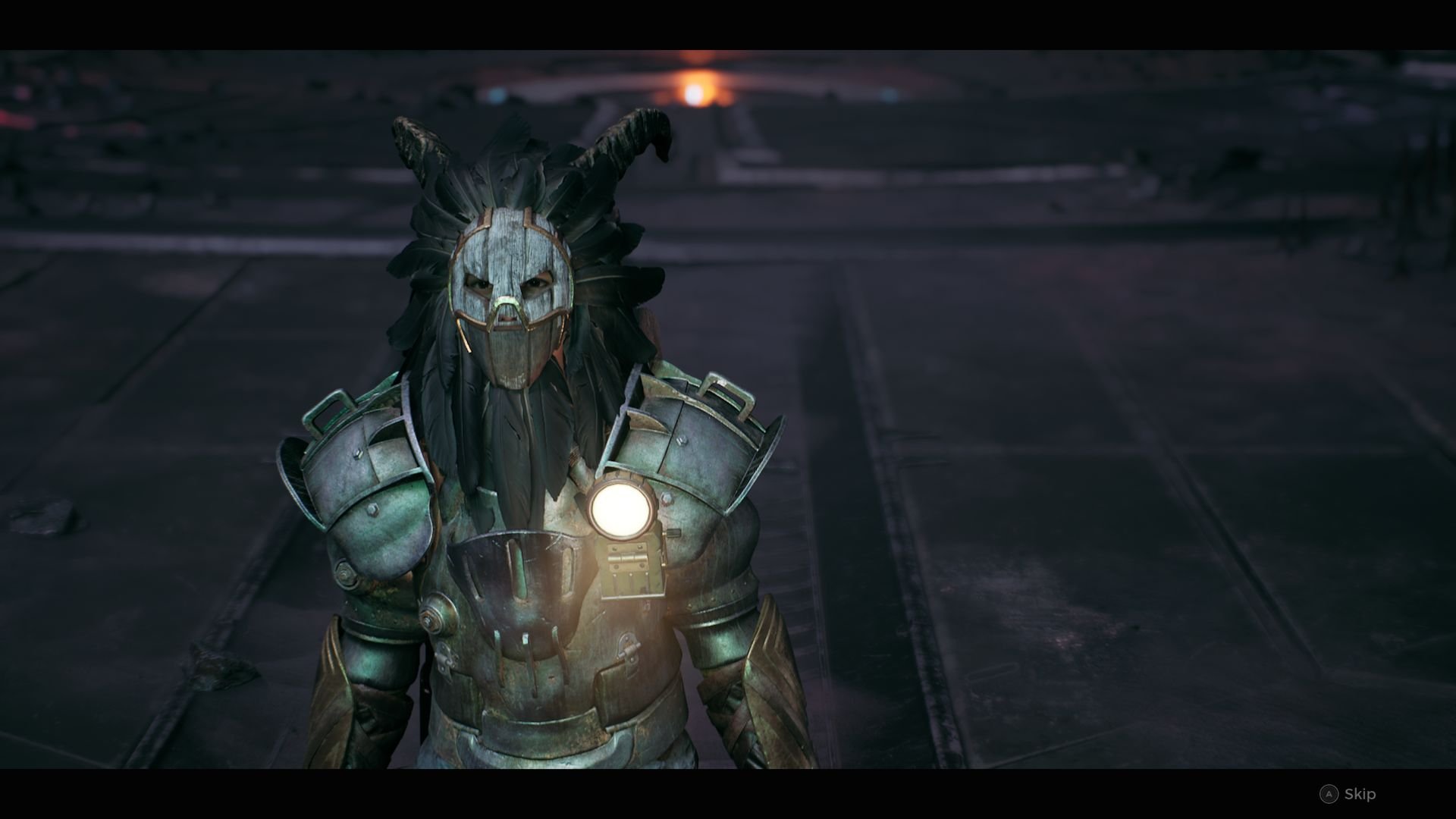


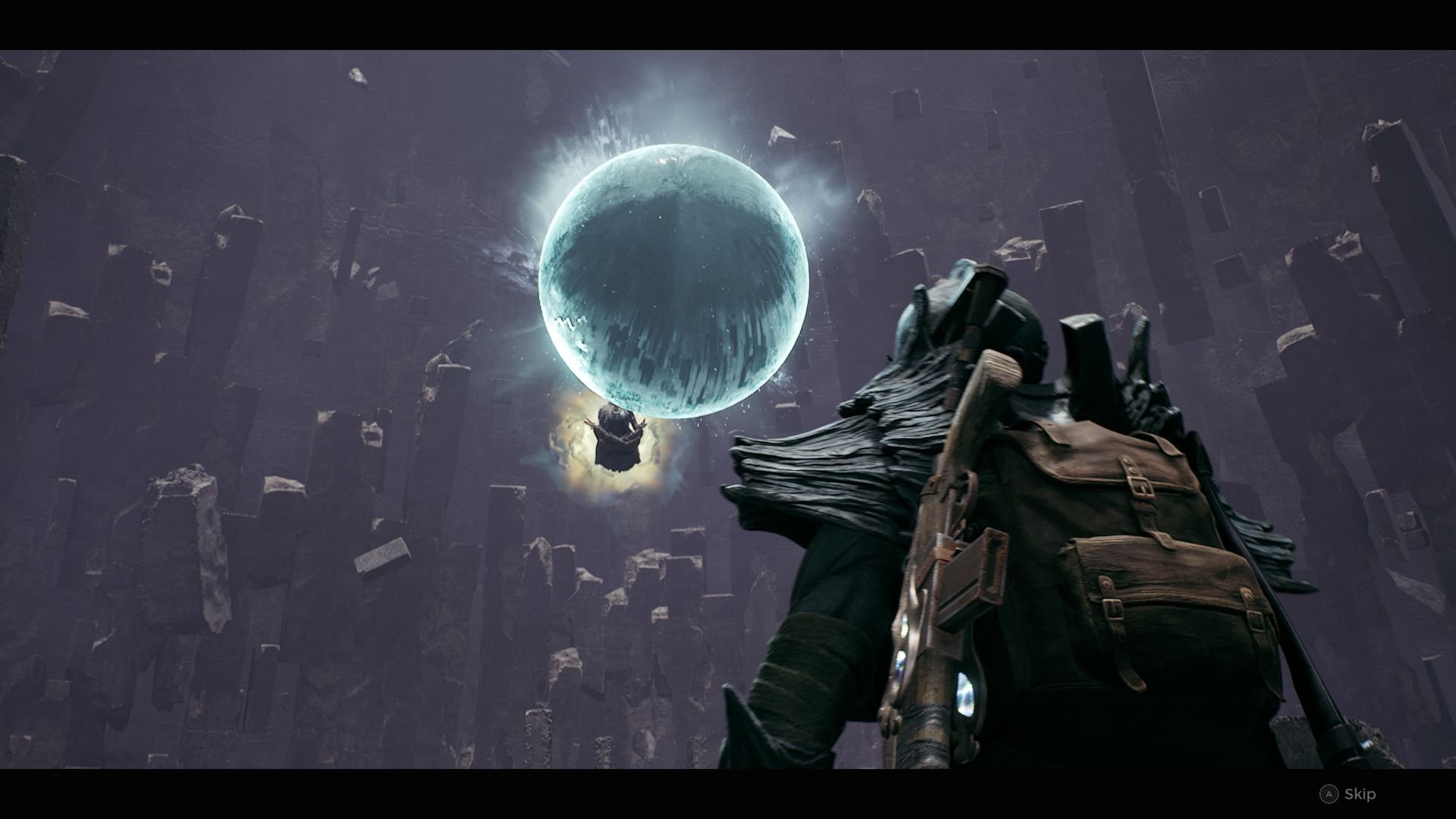

Jeff is the original founder of Analog Stick Gaming. His favorite games include The Witcher III, the Mass Effect Trilogy, Hi-Fi Rush, Stellar Blade, Hellbade: Senua’s Sacrifice, and the Legend of Heroes series, especially Trails of Cold Steel III & IV.